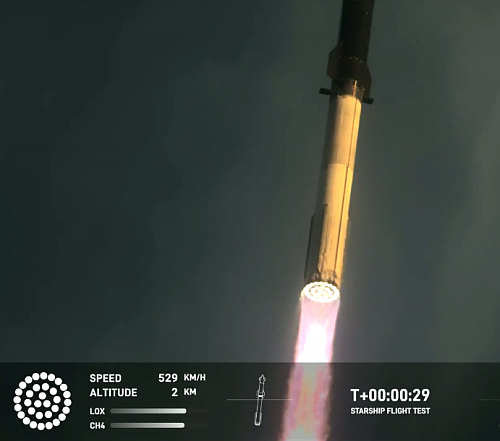Did the Capitol police instigate violence by firing on peaceful January 6th demonstrators?

Screen capture from bodycam of officer,
preparing grenade to throw into crowd.
Video evidence recently released by House speaker Mike Johnson, combined with many videos taken by participants during the January 6, 2021 demonstrations on Capitol Hill, now suggest strongly that the violence was instigated by the DC police, not the January 6th demonstrators, who until then had been peaceful.
The video at the second link above ties together police bodycam footage with surveillance footage and smart phone footage — all time-stamped — and shows the Capitol security police firing on the demonstrators, who until that moment were doing nothing wrong and were simply standing in front of the Capitol in a crowd, chanting “USA! USA!”
Furthermore, the firing began at about 1:07 pm, eight minutes before Trump had finished giving his speech blocks away. The audience to his speech didn’t begin arriving at the Capitol until more than an hour later, when they found doors to the building open and security police welcoming them in.
Thus, the violence, set off by the police, had nothing to do with anything Trump said.
» Read more

Screen capture from bodycam of officer,
preparing grenade to throw into crowd.
Video evidence recently released by House speaker Mike Johnson, combined with many videos taken by participants during the January 6, 2021 demonstrations on Capitol Hill, now suggest strongly that the violence was instigated by the DC police, not the January 6th demonstrators, who until then had been peaceful.
The video at the second link above ties together police bodycam footage with surveillance footage and smart phone footage — all time-stamped — and shows the Capitol security police firing on the demonstrators, who until that moment were doing nothing wrong and were simply standing in front of the Capitol in a crowd, chanting “USA! USA!”
Furthermore, the firing began at about 1:07 pm, eight minutes before Trump had finished giving his speech blocks away. The audience to his speech didn’t begin arriving at the Capitol until more than an hour later, when they found doors to the building open and security police welcoming them in.
Thus, the violence, set off by the police, had nothing to do with anything Trump said.
» Read more














